- News
- Reviews
- Bikes
- Accessories
- Accessories - misc
- Computer mounts
- Bags
- Bar ends
- Bike bags & cases
- Bottle cages
- Bottles
- Cameras
- Car racks
- Child seats
- Computers
- Glasses
- GPS units
- Helmets
- Lights - front
- Lights - rear
- Lights - sets
- Locks
- Mirrors
- Mudguards
- Racks
- Pumps & CO2 inflators
- Puncture kits
- Reflectives
- Smart watches
- Stands and racks
- Trailers
- Clothing
- Components
- Bar tape & grips
- Bottom brackets
- Brake & gear cables
- Brake & STI levers
- Brake pads & spares
- Brakes
- Cassettes & freewheels
- Chains
- Chainsets & chainrings
- Derailleurs - front
- Derailleurs - rear
- Forks
- Gear levers & shifters
- Groupsets
- Handlebars & extensions
- Headsets
- Hubs
- Inner tubes
- Pedals
- Quick releases & skewers
- Saddles
- Seatposts
- Stems
- Wheels
- Tyres
- Health, fitness and nutrition
- Tools and workshop
- Miscellaneous
- Cross country mountain bikes
- Tubeless valves
- Buyers Guides
- Features
- Forum
- Recommends
- Podcast
BUYER'S GUIDE
 2021 Specialized Seamless LS Baselayer - chest.jpg
2021 Specialized Seamless LS Baselayer - chest.jpgBest cycling base layers 2025 — ride through the year with this cycling wardrobe essential
Choosing from the best cycling base layers can make a huge difference to your riding comfort. Here's what to look for when you buy, plus a selection of our favourite base layers.
Also known as an undershirt or vest for the jargon-averse, getting the right base layer against your skin can make a big difference to cycling comfort all year round. In winter you wear more layers, and arguably the most important layer is a base layer. How many layers you wear over the top is down to riding conditions, temperature, weather, duration, intensity and personal preference. Start with a good base layer and you’re off to a good start to cycling happily through the winter.
A base layer isn't quite as important in the summer, but can still make a useful contribution to your on-bike comfort. A lightweight base layer will help move sweat away from your skin, a job some jerseys don't do quite as well as you might hope. And there's another reason why you'll often see pros wering base layers even in the height of summer: if you crash, your jersey will slide over your base layer, reducing damage from abrasion.
As there's so much choice out there, we've picked some of the best base layers from the road.cc review archive to provide a good starting point, and demonstrate the variety of choice available. Most of these base layers are available for men and women
The best cycling base layers
Specialized Seamless LS base layer — Buy Now for £50.00 from Specialized Concept Store
The Specialized Seamless LS is a relatively thick, very warm baselayer that's best for when temperatures are under 5°C. It's comfortable against the skin, wicks really well and the fit is good – it's also competitively priced.
Tester Jamie writes: “The seamless design and flat-locked stitching make it very comfy, with nothing to rub even when you're layered up and/or wearing a pack. I'm particularly fussy when it comes to baselayers with sleeves, as poorly fitting ones can gather or pinch at the arm pits, and I can happily report that this one caused no discomfort.
“Most importantly, it's warm! Despite an abundance of similar bases in my drawer, more often than not this has been the first one out for rides under 5°C, as it often means you can ditch a midlayer and just pair it with a jacket.”
Read our review of the Specialized Seamless LS base layer
Find a Specialized dealer
Megmeister Women’s Drynamo Cycle Sleeveless base layer — Buy Now for £55.00 from Megmeister
The Megmeister Women's Drynamo Cycle Sleeveless Baselayer has minimal seams, wonderfully comfortable raw cut edges throughout, and wicks sweat away swiftly. The price is a little high but it's an excellent summer-weight baselayer that'll serve you well as you push on the pace in the heat.
Tester Anna Marie writes “There are strategically placed sections of mesh across both the front and rear of this baselayer, as well as under the arms, for moisture to escape more easily in the areas you sweat more. The size of the perforations in the mesh varies, with the backs of the shoulders, for example, being the least perforated, and the underarms being the most perforated. It manages sweat generated very well and I found that it wasn't ever overwhelmed.
“Overall, the sleeveless Drynamo is a very good technical performance first layer that provides excellent moisture management and a comfortable, close fit thanks to its seam-free sides and raw edges. As the Drynamo is so effective, it's an excellent choice for hard, competitive riding.”
Read our review of the Megmeister Women’s Drynamo Cycle Sleeveless base layer
Hydra Tech Pro Fresco S/S Men's Base Layer — Buy Now for £44.95 from Hydra Tech Pro
Designed for warm weather use, the Hydra Tech Pro Fresco Short Sleeve Men's Base Layer is excellent: the lightweight fabric is exceptionally breathable and comfortable against the skin, with slightly thicker fabric panels that should aid durability. The only thing to watch is the sizing – the baselayer has a certain degree of stretch to provide a form-hugging fit, but does seem to come up a little smaller than other brands.
Tester Jamie writes: “Pulling on the baselayer, I was immediately struck by how well it fitted, the material stretching to the contours of the body with no bagginess or excess bunching. It being a short sleeved baselayer, I paid particular attention to under the arms; having a climber's body shape certainly has its perks on climbs, but very often leads to spare material in the lower torso region, which can bunch under aero jerseys or high cut bibs, causing discomfort on long rides. None of that with the Fresco, I found that it was just as form fitting on me as on its much hencher model.
“The 55% nylon, 28% polyester, 17% elastane fabric wicks sweat well, aided by a high surface area in contact with the body thanks to its form fit. The fabric shifts the moisture on well, not becoming heavy with sweat, drying out in the first few hundred metres of a descent after a hard climb. This makes the Fresco SS comfortable to wear even on long, intense and warm rides, whether outside or on the trainer indoors.”
Read our review of the Hydra Tech Pro Fresco S/S Men's Base Layer
Craft Active Extreme X Round Neck Long Sleeve Women’s base layer — Buy Now for £45.00 from Craft Sportswear
Craft's Women's Active Extreme X Round Neck Long Sleeve Baselayer is an outstanding bit of kit that keeps you warm and dry in cold to mild weather. The fabrics and fit make it exceptionally comfortable. For £45, you get a quality piece of kit made from a good percentage of recycled fabrics. It's genuinely difficult to pick fault here.
Tester Emma writes: “I've used the vest in a variety of conditions, with temperatures as low as 3°C and as high as 12. It's certainly proved versatile – Craft gives it a range of -5ºC to +10ºC. In single-figure temperatures I've combined it with winter jerseys and gilets or jackets, and have been toasty warm with zero moisture build-up – the baselayer has been consistently bone dry at the end of rides.
“The Active Extreme X is genuinely difficult to fault; it ticks all the performance boxes – breathability, wicking, ventilation, warmth – and on top of that, the fit is functional and comfortable. With 61% recycled fabrics, it's a step towards a circular economy and, in my opinion, one with zero compromise in performance. It's £45 very well spent, not only as investment in a quality, three-season piece of kit, but also as a statement of support for a company trying to address environmental issues.”
Read our review of the Craft Active Extreme X Round Neck Long Sleeve Women’s base layer
Find a Craft dealer
Assos Women's Ultraz Winter Long Sleeve Skin Layer — Buy Now for £105.00 from Condor Cycles
The Assos Women's Ultraz Winter LS Skin Layer is top notch in every aspect – fit, comfort, warmth and moisture management, and durability looks to be good too. Its price tag is also on the top notch. But this isn't an everyday baselayer, it's designed for 'your coldest rides' and 'the most challenging winter conditions'. If your riding doesn't stop whatever the weather, the Ultraz is well worth considering.
Tester Emma writes: “The Ultraz is at its best in temperatures from 6°C down to freezing on the road – and lower than that if you venture onto trails. It's only when the mercury has approached double figures that I've found it too warm (worn under a jacket I would normally team with a standard polyester baselayer and be 'just right'). That would seem to confirm its 3/3 rating in Assos' Layering System.
“I haven't suffered with moisture build-up at all, even when working hard – it handles sweat well. Unlike some tops, there's no rapid cooling off or sensing of a damp chill if you stop for any reason mid-ride. Maybe this is the carbon fibre content working. I'd say Castelli's Prosecco Tech layer is as good at handling moisture, but it's nowhere near as warm.”
Read our review of the Assos Women's Ultraz Winter Long Sleeve Skin Layer
Find an Assos dealer
dhb Merino Long Sleeve Base Layer — Buy Now for £29.99 - £42.75 from Wiggle
The dhb Merino Long Sleeve Base Layer is brilliant for cold winter rides. It's also good value at £45 and an excellent option if you want to ride comfortably in deep winter.
Tester Leon writes: “I found it performs best on colder days. Its thermal properties are excellent, offering up warmth from its natural fibres but without 'blocking in' the heat. You can wear it indoors with the central heating on in your bib tights before a ride and not get too hot, yet step outside having donned a single softshell-type outer later and not suddenly feel the chill, even when the temperature is hovering only a few degrees above freezing.
“If you're planning on getting outside in the coldest air this winter, dhb's long sleeve merino layer will keep you warm with ease. It's a great layer in the lowest temperatures, and its 100 per cent merino construction is a real luxury at this price point.”
Read our review of the dhb Merino Long Sleeve Base Layer
Find a dhb dealer
Craft Active Extreme X Crew Neck Base Layer — Buy Now for £40 from Craft Sportswear
The Craft Active Extreme X Crew Neck baselayer performs well in cool weather, providing warmth when it's needed while also offering excellent breathability when you're working hard.
Craft says it's 'designed for racing and high-intensity workouts in mild to cold winter conditions', and, like the Active Extreme 2.0, for temperatures of between -5 and +10°C – so it's something you should be able to use comfortably for three seasons.
Tester George says: "I tested it in a variety of conditions, as the testing period threw up a series of curveball temperatures and conditions. The coldest was 3°C, when I wore it beneath a merino wool jersey and gilet, and it offered enough warmth to keep me comfortable. The highest temperature I used it was around 12 degrees, underneath a short sleeve jersey and arm warmers, and here it regulated my temperature fairly well too, thanks to the breathability and wicking.
"Even following prolonged periods of intense activity, within a couple of minutes I was back to a manageable temperature. Strategic vents within the baselayer around the armpits help to quickly move hot air away from the body, and even using it underneath several layers it still seemed to allow air to flow away from the skin quickly and easily – something that can be a bit more of a challenge during colder months."
Read our review of the Craft Active Extreme X Crew Neck Base Layer
Find a Craft dealer
Megmeister Drynamo Cycle Short Sleeve Base Layer — Buy Now for £59.95 from Megmeister
The Megmeister Drynamo Cycle Short Sleeve Base Layer is ultra-comfortable, shifts moisture away from your body well, and doesn't get heavy with sweat, although it's expensive.
The lightweight Drynamo fabric is 44% polypropylene Dryarn, 44% nylon and 12% elastane. Large areas on the front and rear of this baselayer, and under the arms, are mesh so there's masses of opportunity for moist air to get out and fresh air to get in.
Read our review of the Megmeister Drynamo Cycle Short Sleeve Base Layer
Cycology 8 Days Men's Long Sleeve Base Layer — Buy Now for £40 from Cycology
Don't let that overwhelming design disconcert you: underneath the loud print Cycology's 8 Days men's baselayer is an excellent long-sleeve option for cold days in the saddle.
The 8 Days features a mid-weight fleece interior with 92% polyester, 8% spandex fabric. You'll notice that there's no mention of merino – this is synthetic materials only – but it certainly feels soft. While the fabric is significantly thinner than you'll find used for a typical jersey, it's still noticeably more substantial than summer-specific baselayers. Build quality appears very good, too, with seams looking sturdy enough for the long haul.
Read our review of the Cycology 8 Days
dhb women's SS Merino base layer — Buy Now for £20.90 from Wiggle
The dbh Aeron women’s short sleeved merino base layer is a great shoulder-season underlayer that washes well, dries quickly and has a soft feel against the skin. It retains its shape well too, though it's on the thin side for serious winter use.
The dhb (from Wiggle) baselayer is made from 160gms merino (65% merino/35%polyester) which proves the perfect weight to slip under a long sleeved outer on coolish days, or with a long sleeve and a waterproof when it's raining hard.
Read our review of the dhb women's SS Merino base layer
Alpkit Koulin Trail Tee — Buy Now for £23.99 from Alpkit
At £23.99 the Koulin Trail Tee is a bargain baselayer, and ideal for use under a long sleeve jersey. The styling and the more opaque front section means it doesn’t look out of place when worn on its own either, which only helps its versatility.
The Koulin gets a close-fitting cut using two different types of fabric front and rear. The front is solid polyester, whilst the rear is polyester too but in a mesh, and slightly thinner, for maximum breathability.
Read our review of the Alpkit Koulin Trail Tee
Chapeau Mesh Base Layer — Buy Now for £34.99 from Chapeau
Chapeau's Mesh Base Layer is a light, close-fitting top that moves moisture away from your skin well to keep you feeling comfortable in summer temperatures.
It is made mostly from a polyester/elastane mesh that's pretty see-through when you hold it up to the light. More to the point, the structure shifts moisture from the surface of your skin well and allows damp, sweaty air to pass through.
Read our review of the Chapeau Mesh Base Layer
dhb Mesh Sleeveless Base Layer — Buy Now for £25.00 from Wiggle
dhb's Mesh Sleeveless Baselayer is a no-frills lightweight top, but you get a lot for your money according to our reviewer Ash: "it does as good a job as more expensive ones, and just makes me ask: why would you spend more?" This is actually the latest version and has gone up a fiver since Ash reviewed it, but the materials used and performance have remained despite a colour change. It's got a very light mesh fabric and features Polygiene anti-odour treatment, with flatlock stitching throughout for extra comfort.
Read our review of the dhb mesh sleeveless base layer
Pearl Izumi Transfer Sleeveless Base Layer — Buy Now for £17.99 - £34.99 from Freewheel
'Infused with crushed volcanic rock.' That's the blurb for the fabric used on the front panels of the Pearl Izumi Transfer Sleeveless Baselayer. With claimed properties of excellent moisture absorption, great wicking and odour elimination, it covers everything an underlayer needs to provide. And do you know what? It delivers.
The Transfer baselayer feels great in your hands even before you put it on, and you just know it is going to sit softly against the skin with no part itching or scratching as you ride.
Read our review of the Pearl Izumi Transfer Sleeveless Base Layer
Find a Pearl Izumi dealer
Lusso Race Base Mesh Base Layer — Buy Now for £27.50 from Lusso
Like many other tops of its kind, the Lusso Race Base Mesh Base Layer works really well in warm conditions, wicking away sweat and keeping you cool, but it's the overall design and fit that makes the Lusso stand out.
The cut is more like a race jersey than an undergarment, and you certainly feel ready for your ride when you put it on.
As with all of Lusso's kit, the Race Base is made here in the UK and it's good to see that homegrown goods can still compete on price: at £24.99 it's a good tenner cheaper than the recently tested Castelli Pro Issue and even less than the Hackney GT Bang.
Lusso hasn't achieved that price by scrimping on quality either. The overall construction is very neat and tidy – the whole thing just screams a top notch jersey, and it feels impressively durable too.
Read our review of the Lusso Race Base Mesh Base Layer
Lusso Dryline Base Layer — Buy Now for £29.99 from Lusso
The Lusso Dryline Baselayer promises to be lighter and more insulating than merino. Performance is indeed very good and it fits like a glove.
When something only weighs 78g, arguing the toss about lightness is only relevant to the most weenie of weight watchers. That said, the Dryline Baselayer is indeed very light. It's made from Dryarn, an Italian fabric that's claimed to be lighter, more breathable and more insulating than pretty much anything else. I'm a huge fan of merino baselayers – mesh and normal – for warmth, cooling and moisture control, so approached the claims of the Lusso base with a sceptical eye. The bottom line is that the Dryarn fabric is indeed very good at keeping you warm, cool or dry, or a combination of the three.
Read our review of the Lusso Dryline
Castelli Pro Issue Short Sleeve Base Layer — Buy Now for £36.00 from Wiggle
The Castelli Pro Issue SS Base Layer is a superlight, super-comfortable baselayer that performs brilliantly and has topped my list of go-to layering, writes tester Sean Lacey.
Made from 100% polyester 3D mesh fabric, first impressions are that it doesn't seem to weigh anything, and if you are a bit prudish it is almost see-though. Lingerie it is not, though, and its credentials include a wider neck for a better fit under a tight collared or aero jersey, reduced seaming on the shoulders for comfort, and a flat hem so it doesn't create a point of irritation on the waist.
Read our review of the Castelli Pro Issue short sleeve Base Layer
Find a Castelli dealer
Hackney GT Unisex Performance Base Layer — Buy Now for £40 from Hackney GT
Hackney GT's Unisex Performance Base Layer is a functional and versatile piece of kit that has fast become one of our favourite 'essentials'. Its performance in both hot and cold weather is superb, making it a great all-year-round choice and even better value.
The vest is super-lightweight and very soft to the touch. It's made from a fabric called Aviatar, a perforated polyester designed to work in all seasons and weathers, with the side panels made of Lycra to offer a little more give.
Read our review of the Hackney GT Base Layer
X-Bionic Energy Accumulator — £100.73 - £159.85
The X-Bionic Energy Accumulator is a fantastic baselayer. And given the price, that's exactly what you should expect. You won't be disappointed, though, this one really delivers. It's among the very best winter baselayers we've tried, even if it does make some of us want to sing "I'll see you sometime later/When I'm through with my accumulator."
Read our review of the X-Bionic Energy Accumulator
Find an X-Bionic dealer
Rapha Men's Base Layers — Buy Now for £45 - £130 from Rapha & Women's Base Layers — Buy Now for £37 - £70 from Rapha
Rapha has a wide range of base layers from lightweight summer numbers to deep-winter Merino mix undershirts with windproof fronting to fight the chill. Their lightweight Merino mesh base layer is a longstanding favourite, while the regular Merino and Deep Winter Base Layers are a toasty items that'll help to keep you cosy.
Read our review of the Rapha Winter Base Layer
Read our review of the Rapha Women's Long Sleeve Base Layer
Choosing the right cycling base layer
The job of a base layer is quite simply to keep you dry when you’re sweating, by pulling moisture away from your skin. A base layer also provides a layer of insulation, and you can tailor how much insulation by the base layer you choose. As the base layer sits next to the skin, comfort is vital so it’s worth investing in a high quality base layer. You don’t want any irritation when you're cycling.
Base layers came in many varieties: different sleeve lengths, different fabrics and weights, high collars and low collars; no two base layers are the same. A base layer doesn’t have an easy job, and the trick is to find one that suits your demands and style of riding.

Lightweight base layers are ideal for year-round cycling and suit hard charging cyclists who produce a lot of sweat. They are good at keeping you comfortable on fast-paced rides or warmer days, or when climbing lots of hills.
Heavier weight base layers are good for really cold days and providing essential warmth, or when you’re riding at a lower intensity - maybe touring or cycling to work.
Long or short sleeve, or sleeveless?
You can choose base layers with short or long sleeves, or sleeveless. Sleeveless and short sleeves are best suited for warmer days and the summer, but depending on the layers you’re putting over the top, and how cold it actually is, a short sleeve base layer can still be useful in the winter. Sometimes it’s simply not cold enough for a long sleeve base layer, and you can always add arm warmers if going with short sleeves.
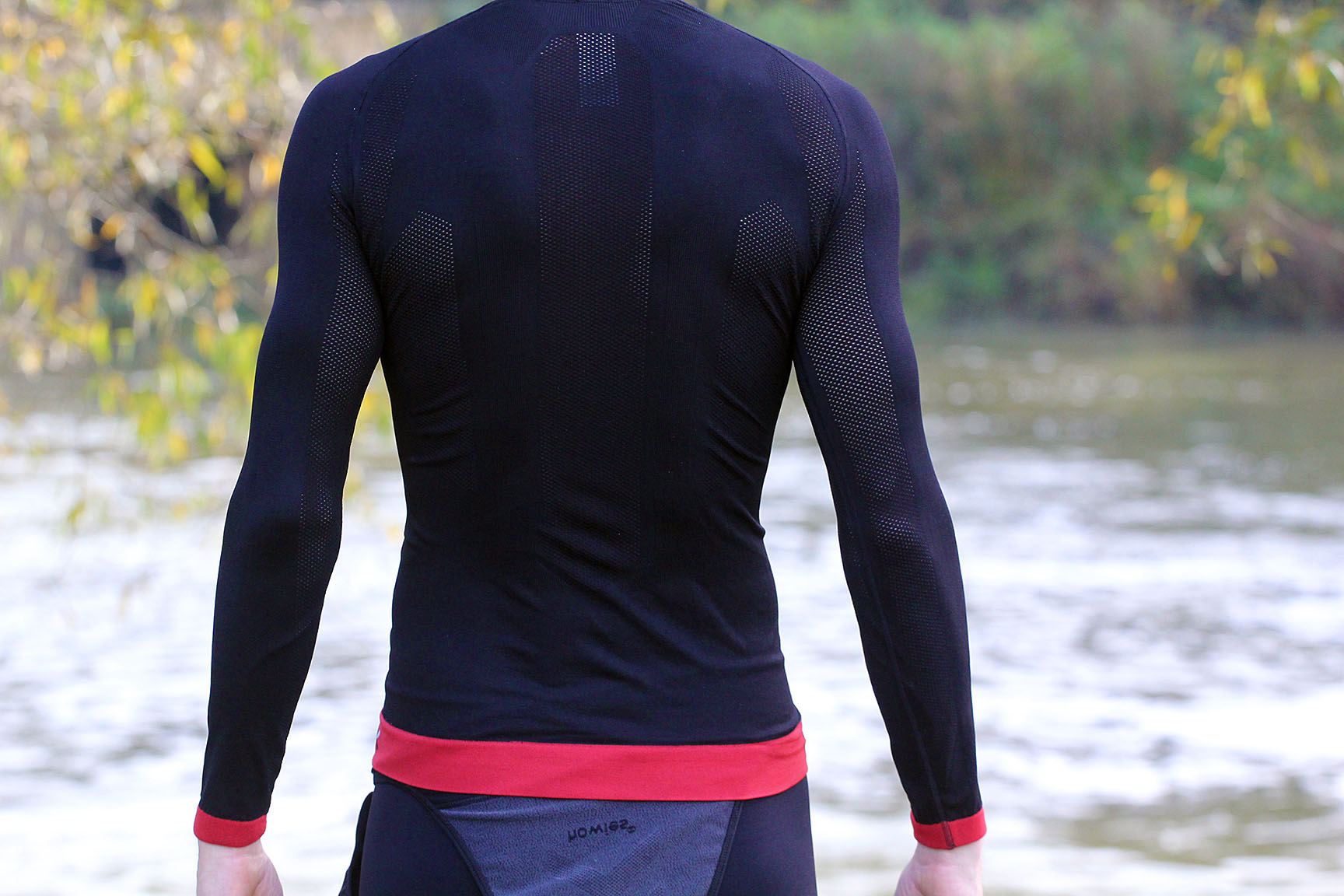
Long sleeves are the business for the coldest days though, and paired with a soft shell jacket offers perhaps the most versatile and suitable outfit for typical UK winter weather. A long sleeve thermal base layer and good soft shell jacket is a really good setup, for example.
Material choice
Base layers come in a variety of materials, falling into two camps; man-made and natural materials.
Merino wool is the most common natural fabric base layer. Merino is great because it copes with a wide range of temperatures and doesn't pong when you get sweaty, and it’s very soft next to the skin. It comes in different weights to suit different temperatures, from lightweight to thermal insulation.
Not all merino base layers are the same, there are different weights of merino, and some use 100% merino wool for the construction while some combine merino with another material like polyamide or polyester to provide extra stretch for a better shape and more durability, so you get the best of both worlds, with the faster drying time of the man-made fabric. Such material blends are also easier to care for than 100% merino wool base layers.
If you are cycling every day, or you’re riding twice a day because you’re commuting to the office, then a merino base layer has the advantage that you can wear it for several rides before it needs a wash. Just hang it out to dry and it'll be good to go again.
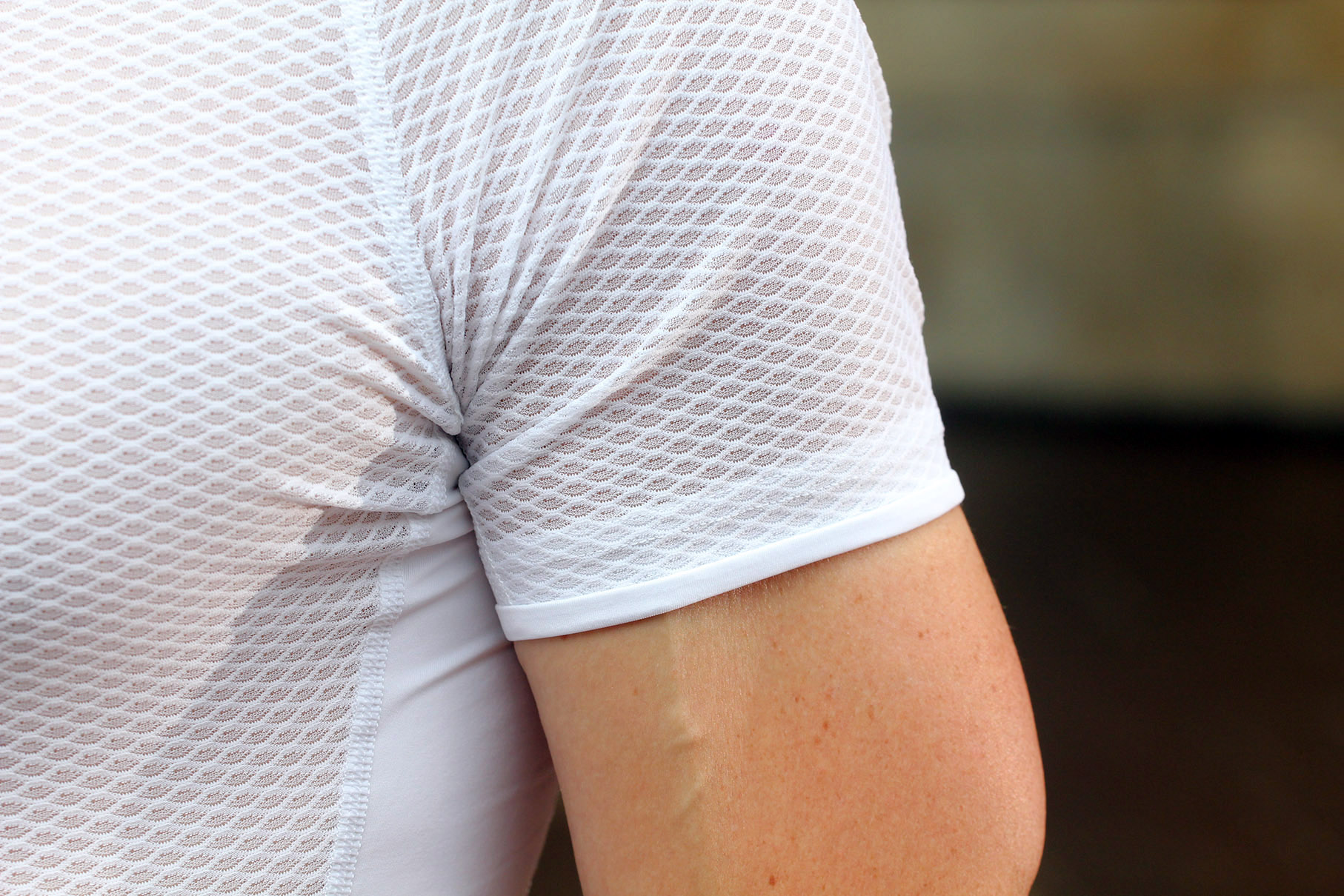
Man-made synthetic base layers like polypropylene and polyester are generally better at wicking sweat and are usually much lighter, and many people prefer how they feel next to the skin. Such materials can get smelly when you sweat though, so you certainly can't wear them for multiple rides, but recent material developments have seen this become less of an issue than it used to be.
Man-made materials are typically better at actually wicking sweat away from the skin. Whereas merino holds onto the moisture (but retains heat so doesn’t get cold), man-made materials provide excellent wicking properties and don’t hold onto much water. They dry quickly, so are ideal for high intensity cycling. Man-made material base layers are also less bulky and typically provide a closer fit on the body than merino base layers.
Aside from material choice, base layers are available in a wide range of thicknesses, from lightweight summer tops to chunky Arctic-ready base layers. You need to take into account the average temperature that you aim to ride in, the duration and intensity of your cycling, and what layers you plan to wear over the top, to help you decide what base layer is right for you.
Some people also run hotter, and so can get away with a lighter weight base layer, and some people need the extra insulation of a thicker grade base layer. So try and choose the base layer that best fits your requirements. What works for one person won’t necessarily work for you, everyone is different, and experience is the only way to find what works for you.
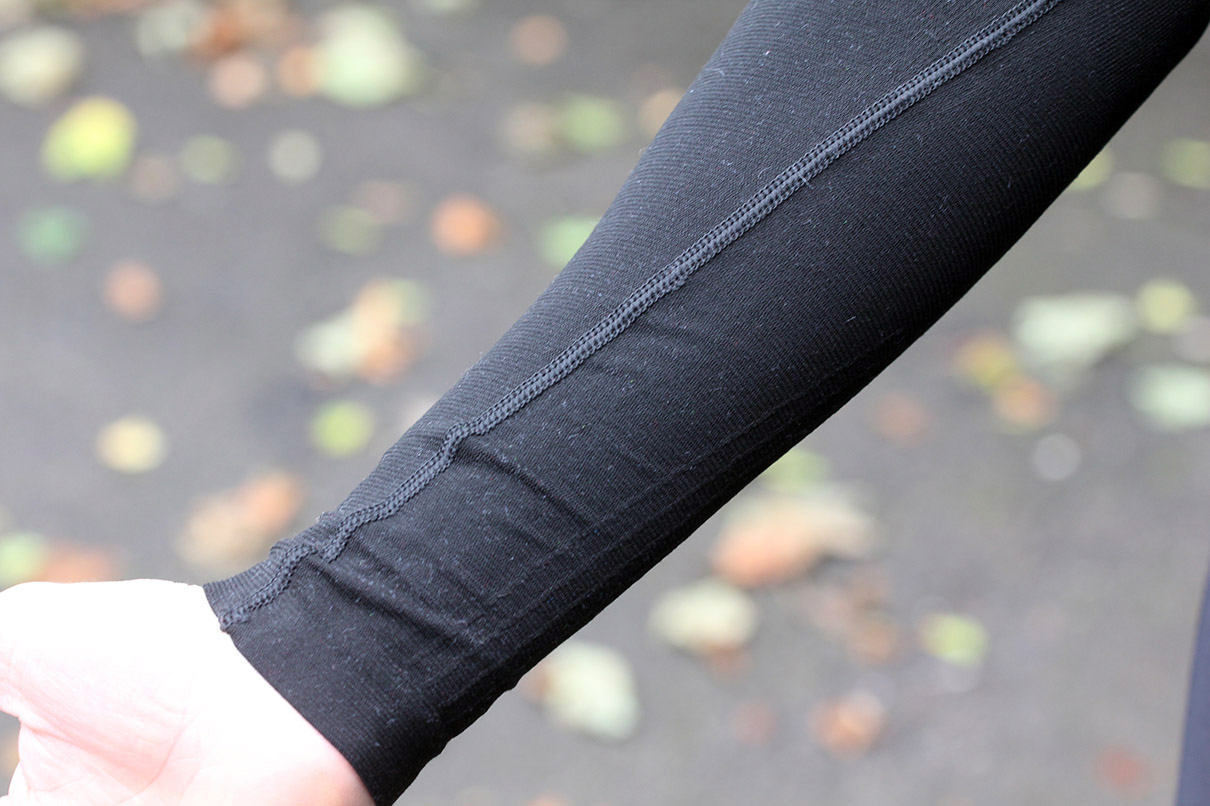
Some base layers are offered with a wind stopping material used in the chest panels. Why? With wind protection next to the skin, it frees you up from having to wear a windproof outer layer and gives you a little more versatility. For example, you could combine a windproof base layer with a long sleeve jersey that doesn’t have any wind resistance, with the base layer keeping the wind out, providing a good option for high intensity riding. However while they might sound perfect they don’t handle the buildup of heat as well as regular base layers so it’s possible to overheat in them
The weather in the UK can vary hugely, even from one day to the next, so having a couple of different base layers so you can dress appropriately is a good way forward.
Fit and shape
For a base layer to do its job most effectively, the material should sit flush with the skin. If you’re riding at a lower intensity or commuting, then a looser baggy fitting base layer may be fine, but for higher tempo cycling when you expect to produce a large amount of sweat, look for a close fitting base layer.
The more stretch a fabric is generally the better the fit. Also look for smartly placed seams to avoid discomfort, the base layer will dictate the comfort of your whole outfit so check the insides carefully.

Comfort is critical and it’s not just the material being soft next to the skin that is important, t’s also worth looking for a base layer flat seams and no labels or tags, anything that can cause irritation or discomfort.
Most base layers have low neck lines but some heavier duty base layers can have taller necks to provide more insulation on cold days. Some base layers have a zipped neck which can be useful to ventilation on longer climbs or if you find yourself overdressed.
Also check the length of the arms on a long sleeve base layer, you don’t want them coming up short on your wrist, but you also don’t want any material bunching up in the sleeves of your jersey or jacket.
Another thing to consider is length. Some base layers have more length so you can get a good overlap with your bib tights, providing a bit of extra insulation around your lower midriff. Some base layers are a bit lower at the back also to make sure there’s no chance of exposed skin when crouched over the handlebars.
Caring for your base layer
Most base layers these days can be chucked in the washing machine on a regular wash with your other cycling clothes. However, it is important to check the washing and care instructions with any base layer. Merino can shrink on a high temperature wash, but many merino base layers are fine at 40°C. With merino they'll usually tell you not to dry clean or tumble dry, and to dry away from direct heat, so no draping over your radiator.
There’s a trend towards lower temperature washes with modern washing machines but such washes don’t always deal so well with the buildup of bacteria on base layers, which causes the pongy smell.
Explore the complete archive of reviews of base layers on road.cc
About road.cc Buyer's Guides
The aim of road.cc buyer's guides is to give you the most, authoritative, objective and up-to-date buying advice. We continuously update and republish our guides, checking prices, availability and looking for the best deals.
Our guides include links to websites where you can buy the featured products. Like most sites we make a small amount of money if you buy something after clicking on one of those links. We want you to be happy with what you buy, so we only include a product if we think it's one of the best of its kind.
As far as possible that means recommending equipment that we have actually reviewed, but we also include products that are popular, highly-regarded benchmarks in their categories.
Here's some more information on how road.cc makes money.
You can also find further guides on our sister sites off.road.cc and ebiketips.
road.cc buyer's guides are maintained by the road.cc tech team. Email us with comments, corrections or queries.
David worked on the road.cc tech team from 2012-2020. Previously he was editor of Bikemagic.com and before that staff writer at RCUK. He's a seasoned cyclist of all disciplines, from road to mountain biking, touring to cyclo-cross, he only wishes he had time to ride them all. He's mildly competitive, though he'll never admit it, and is a frequent road racer but is too lazy to do really well. He currently resides in the Cotswolds, and you can now find him over on his own YouTube channel David Arthur - Just Ride Bikes.
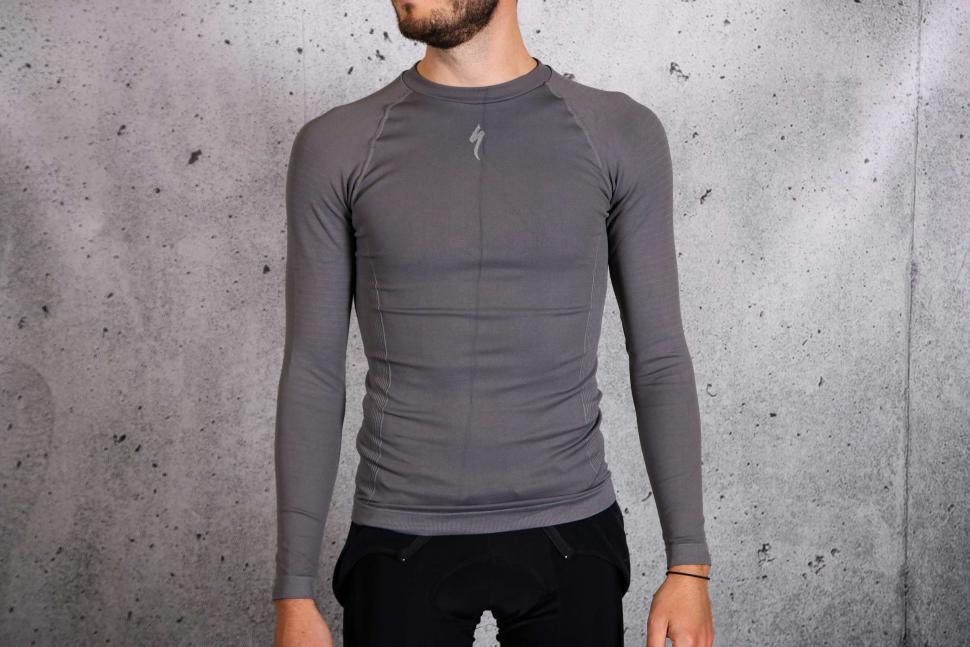

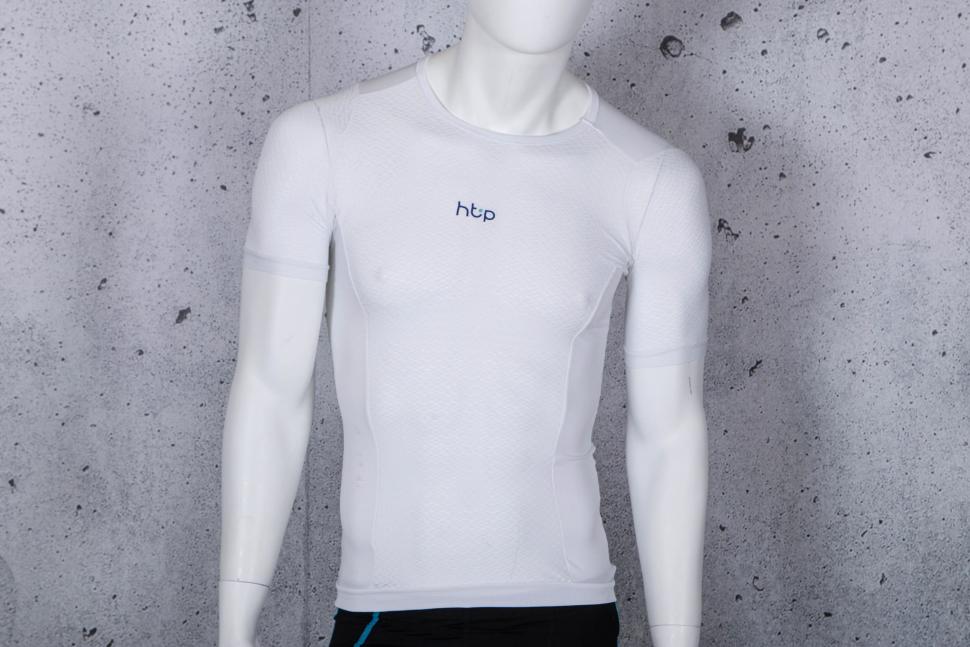
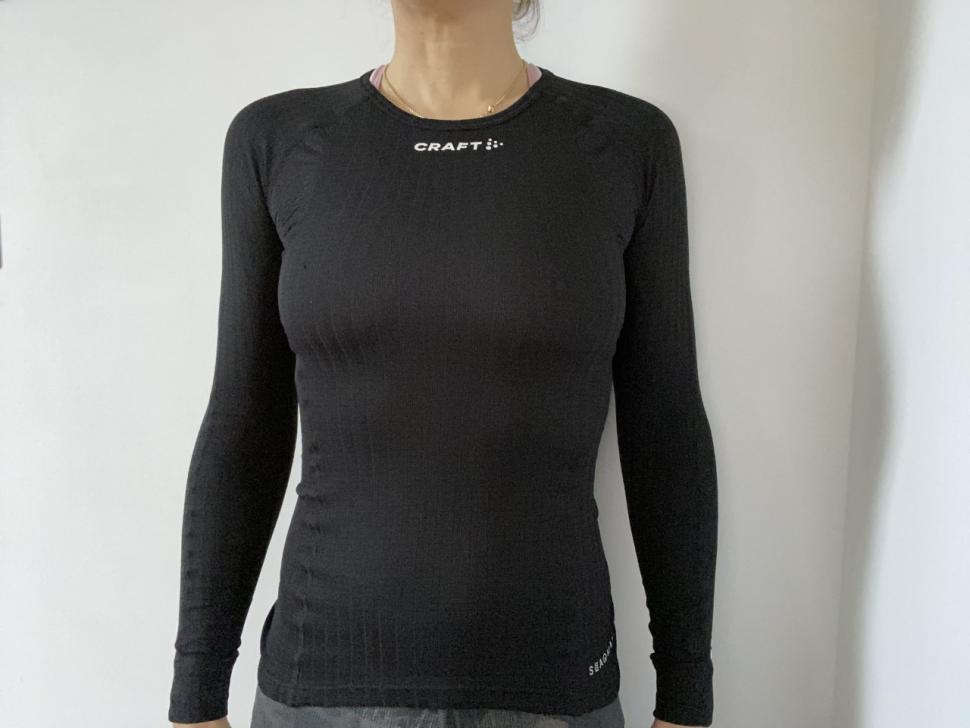


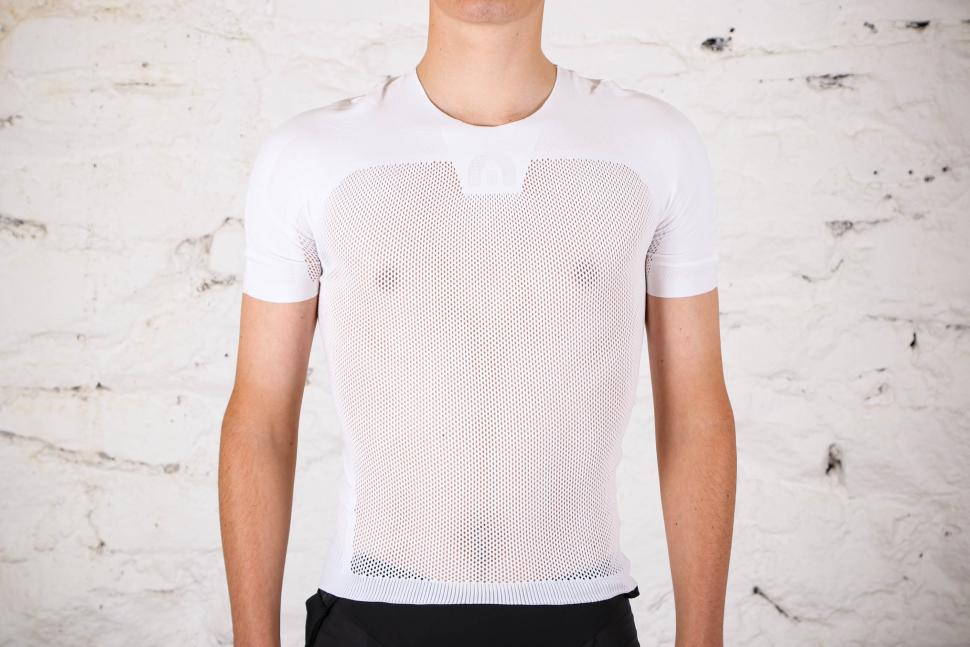
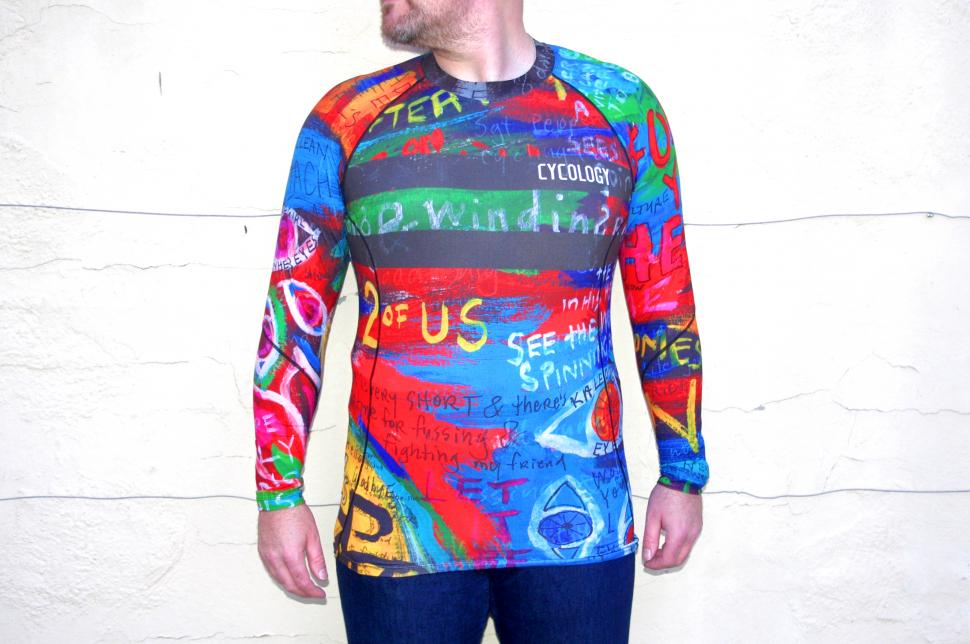
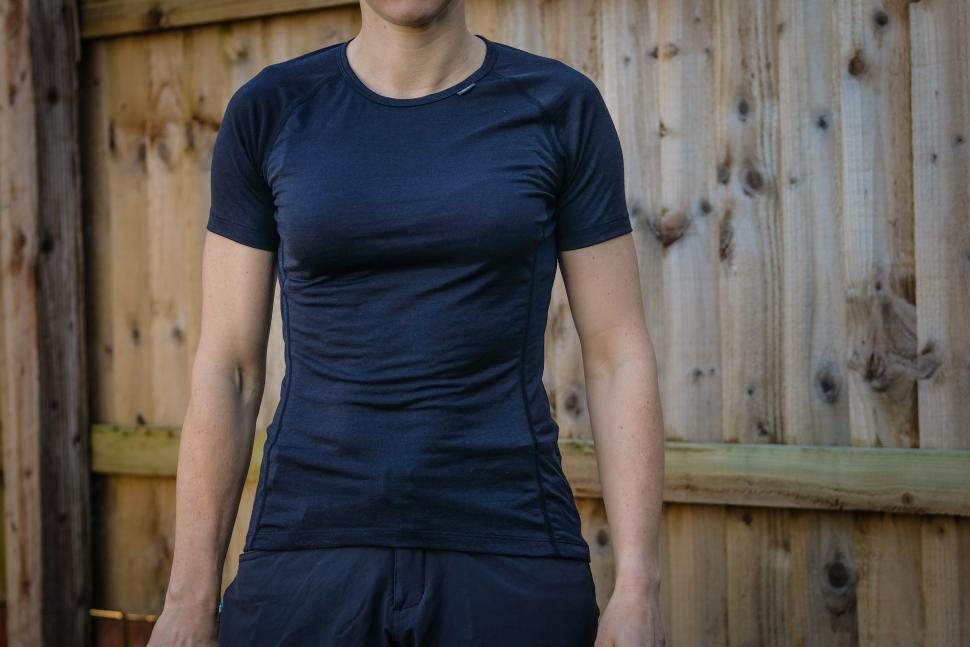
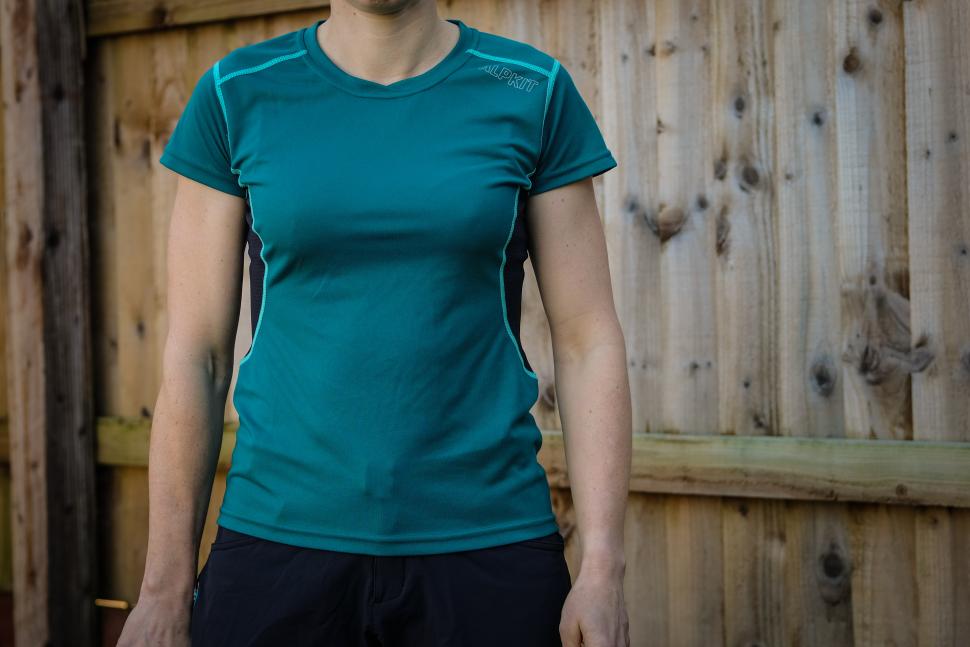

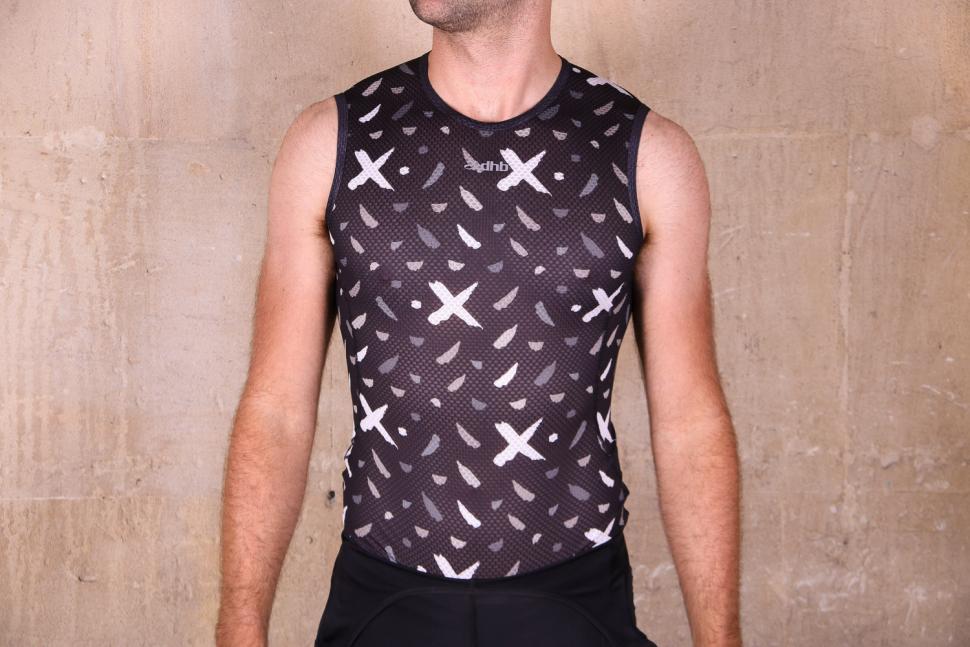



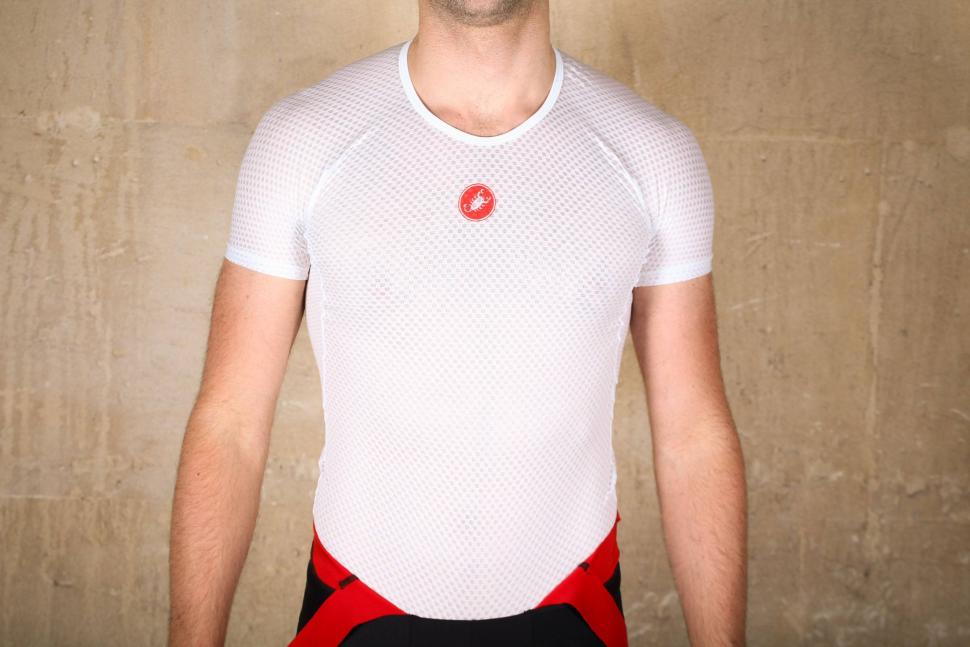
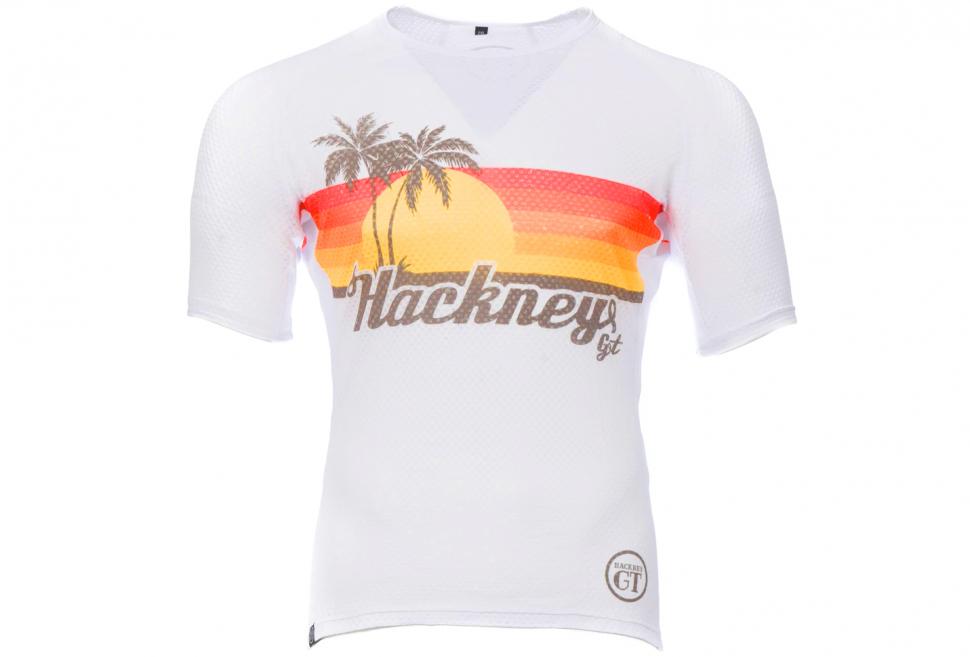
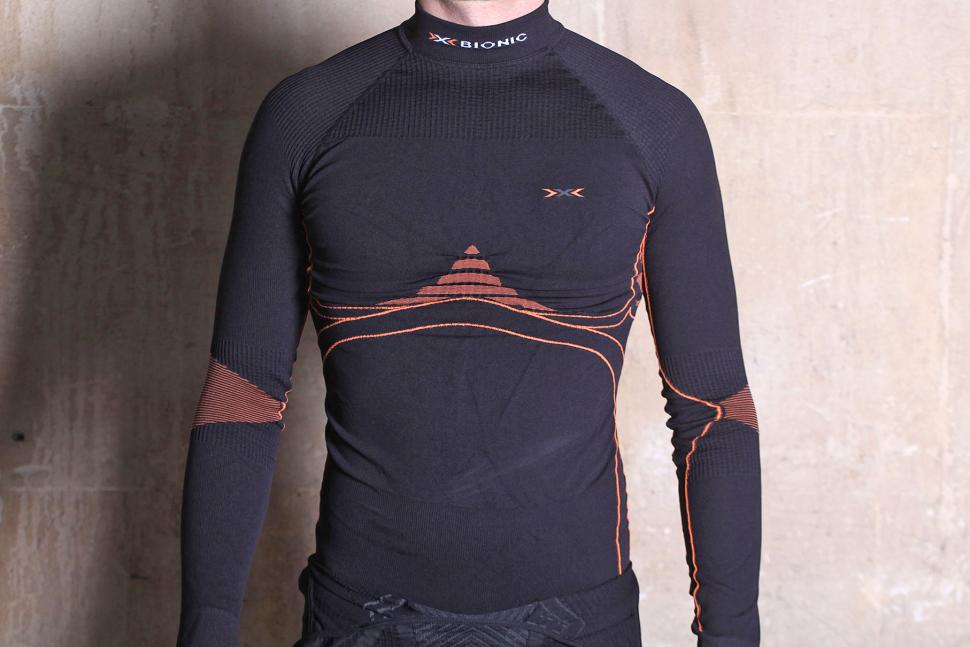
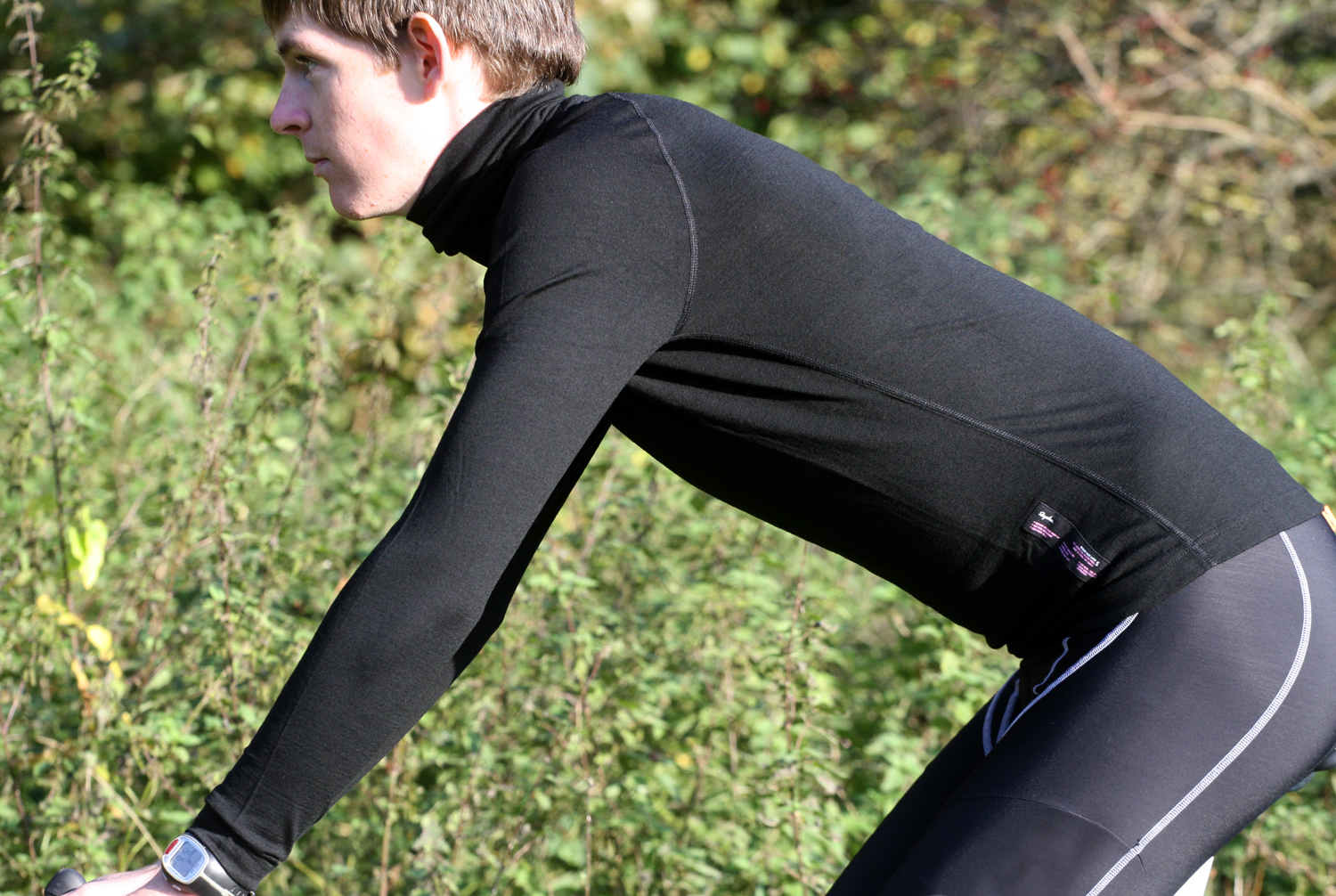
Wiveliscombe residents urged to join community protest against new car parking charges...
EE have just offered me TNT sports and Disco+ as part of my mobile package as an add-on, for 2 years. Seemed too good to be true, but it is real....
If you've still got the pedals there seem to plenty of cleats on eBay starting at around £14 a pair - I don't know if they are any good but worth a...
a loss of concentration is often accepted as mitigation...
It's not the first country to spring to mind I admit but Ridley make some very nice mountainbikes that are being used by the KMC team.
Someone should point out that Sky lose money on their football channels, how does that fit into the bull they put out? And as for watching free to...
To measure chain wear with a ruler you have to be able to measure so precisely that you can tell the difference, measuring from the exact centre of...
"However, he said he was running late and decided to turn left into Norwich Avenue to avoid congestion, when he heard a bang which he said sounded...
Salisbury Shopmobility to reopen after car crashed into wall...
The bars are included although they are apparently 400 mm in all sizes which won't suit everybody. From a recent picture (below) of Astana's...